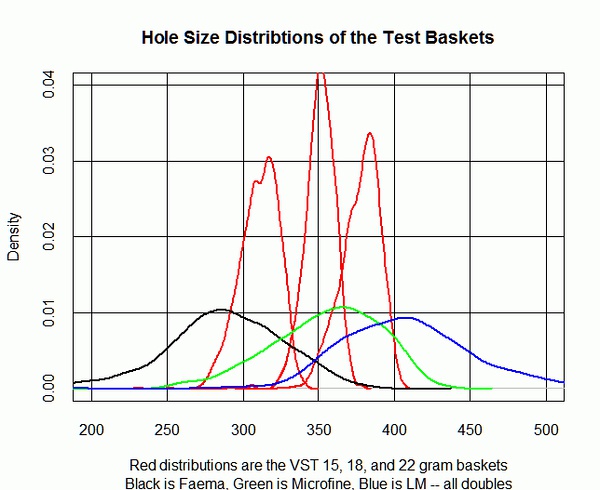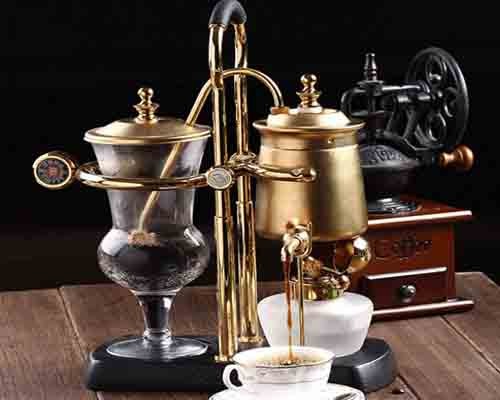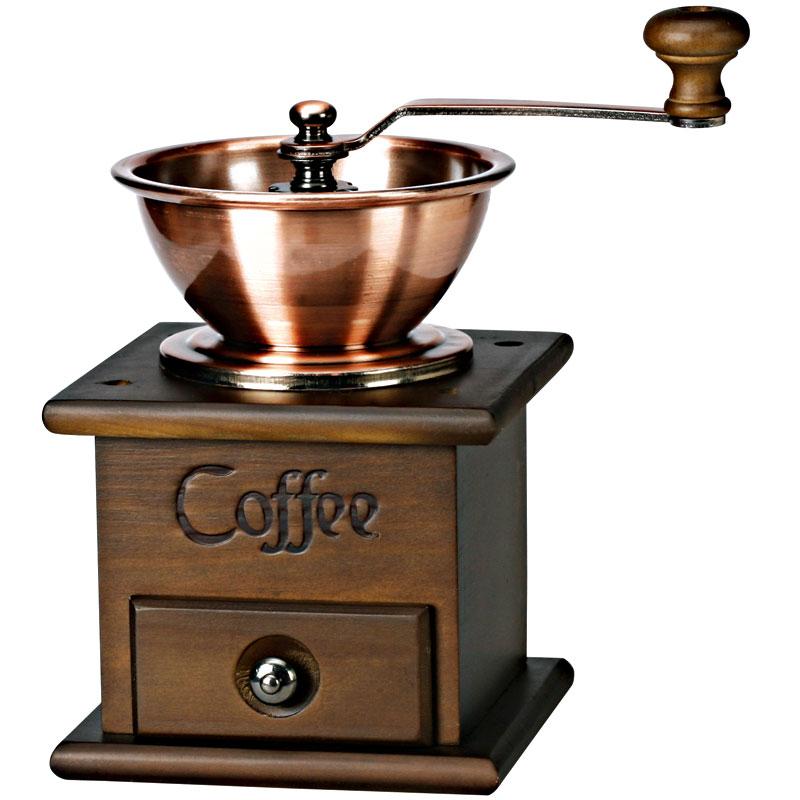Does the crushing strength of espresso have much to do with the coffee extracted?
Objective:
The loose powder is compacted by a certain amount of pressure so that the pressurized hot water can penetrate evenly. Here, several problems are involved, in fact, a vector problem, to put it mildly. The direction of powder pressing, as well as the strength of powder pressing.
The direction of pressing powder: (it may be a little more complicated than we thought)
This is obvious, vertically down. If the pressure is inclined, the high-temperature and high-pressure hot water coming out of the boiling head will seek the infiltration of the layer with the least resistance, resulting in uneven extraction. At the same time, it is easy to have the channel effect that we often talk about.
I need to explain this. I don't need much. But with regard to the direction of powder pressing, it will indirectly involve another problem, that is, the problem of powder distribution (grooming).
The biggest reason why we want to cloth powder, of course, is the control of the amount of powder, that is, if the amount of powder is distributed flat and the excess amount of powder is scraped off, then the same action each time can ensure the same amount of powder. In fact, there is another reason, that is, to distribute the powder evenly. Because a traditional theory is that the water in the head is evenly permeated, so the powder should be flat and the powder should be flat, so that the extraction is uniform. (some people think that the water coming out of the cooking head will eventually be concentrated at one point, so the powder hammer needs to be curved, but there is no essential difference between the two after test and blind test.)
Ok, this is the traditional way of thinking. Some people don't think so.
If you pay attention to Stephen Morrissey in 2008, he actually has no cloth powder after receiving the powder through the grinder. When the powder is piled into a tapered hill, press the powder directly. This practice has been bothering me. Even if discussed with several colleagues, there is no definite answer. But from coffeegeek's April release of VST basket, some answers have been found more or less.
First of all, although our effluent is average and the pressure can be evenly distributed, a very important hardware limitation is the basket. First of all, take a look at a picture from coffeegeek, we can see that the vast majority of basket holes vary in size.

Secondly, we have the opportunity to look at the basket of the coffee handle. In fact, the distribution of holes is not uniform, but the center is denser and the edges are sparse. In other words, the chances of being infiltrated by water in the middle are far from the edge. This, more or less, can explain the uneven distribution of powder in Stephen during the competition. Because when a cone is piled up, most of the powder is concentrated in the center of the basket, which compensates for the uneven extraction.
It is also because of this discovery that VST makes its own basket holes very uniform in size and distribution. Thus applied for a patent, of course, with this basket, it is not possible to press pressed powder directly without cloth powder. This is also when the new basket experimented with coffeegeek, mark prince had to change the way Stephen used to do.
The power of powder pressing (it may be easier than we thought)
The most basic question is how powerful it is and how much kg. I have heard of 25kg before, and I have also heard that Italians regard coffee as their life and touch it gently.
In explaining this problem, one of the most basic problems needs to be corrected. Strength should be described by Newton. It is not literal, the reason will be explained later.
If we explain it in terms of Newton, then let's convert it first. 15kg is a more commonly used description, so when converted into Newtonian units, it is 15kg*9.8N/KG, that is, about 150N.
Next, let's take a look at the power of nine atmospheric jets of water on Coffee pressed powder.
Nine atmospheric pressure means that in a unit square meter, there is a force equivalent to nine atmospheric pressure, which is 900KN/ M ^ 2.
The area of our average 58mm diameter pressed powder is (58 58mm 2 to 1000) ^ 2 to 3.14, that is, about 0.00264 square meters.
Then the pressure generated is 900, 000, 000, 0.00264, or 2380N.
The 150N produced by the powder hammer is obviously negligible compared with the flow of 2380N at nine atmospheric pressure.
At the same time, there is another important factor to consider. When La Marzocco designed the Swift automatic filling device around 2000, they experimented with forces ranging from 2 pounds to 30 pounds (that is, about 15kg). Found that no matter how much power, the power to the bottom of pressed powder is almost powerless. This is like a car collision experiment, where the extrusion and deformation of the car body itself is the result of absorbing energy.
Therefore, the conclusion drawn from these two points is very simple: the strength of the powder does not have much to do with it, as long as the powder is pressed tightly. At the same time, it is more important to keep the powder pressing force consistent every time.
Important Notice :
前街咖啡 FrontStreet Coffee has moved to new addredd:
FrontStreet Coffee Address: 315,Donghua East Road,GuangZhou
Tel:020 38364473
- Prev

Get to know the Belgian pot-let you understand the world of coffee
Abstract: Belgian Royal Coffee Pot, also known as "balanced plug Pot" (Balancing Syphon). The inventor is James Napier, an English shipbuilder. The Belgian kettle is exquisite and gorgeous, so it becomes a high-end handicraft, and its working principle is strange. Belgian Royal Coffee Pot, also known as Viennese Royal Coffee Pot or balanced plug Pot (Balancing Siphon), 19
- Next

The basic difference of bean grinder-the correct use and cleaning of Italian bean grinder
For many people who are new to coffee, the bean grinder is the first step to understand, and to choose a hand grinder or an electric bean grinder? Do you use a different grinder for Italian coffee beans and single beans? There is also an Italian bean grinder how to use and how to clean it? Let's explain it: the hand grinder and the electric grinder are better? There are four differences in this: 1. Particle average
Related
- What is the meaning of lactic acid fermentation with coffee bean treatment?
- How to judge the state of foam by sound?
- How does the latte pull out the unicorn pattern? Come to get for a little trick to improve the flower pull!
- Will flower pulling affect the taste of the latte?
- Do you know the history of coffee?
- The difference between honey treatment and sun washing what is raisin honey treatment?
- What kind of milk can a novice use to make coffee foam to keep the foam longer? The correct method and skills of milking tutorial sharing
- Why do washed coffee beans taste sour? Flavor characteristics of washed Coffee
- Introduction to the skill of how to practice the size and height of water injection around the circle of hand-brewed coffee
- How do beginners practice coffee flower drawing from scratch?

